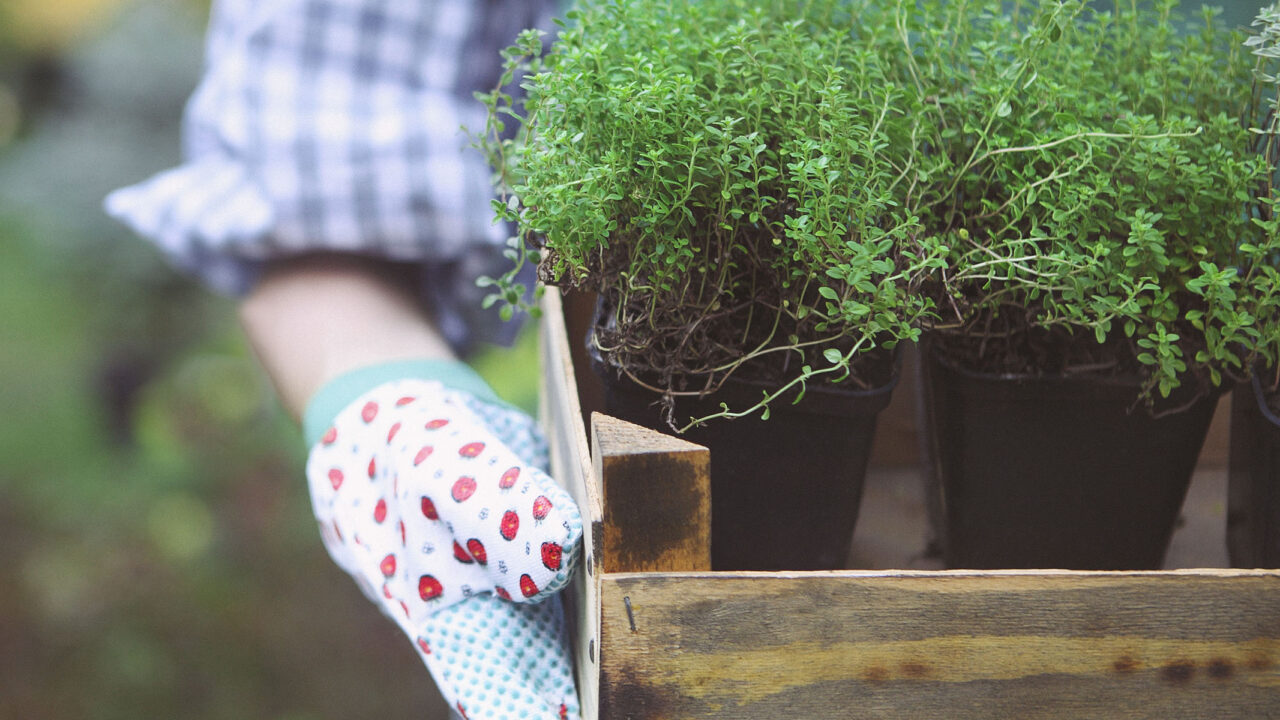Characteristics
| Hardiness zone | 6b |
|---|---|
| Foliage type | evergreen |
| Plant form | pyramidal |
| Mature height | 30 feet |
| Spread | 15 feet |
| Light requirements | full sun to partial shade |
| Moisture requirements | moist |
| Plant origin | hybrid |
Houston's favorite garden center devoted to Texas native plants and organic gardening.
Botanical name: Ilex x attenuata ‘East Palatka’
This hybrid is a tightly pyrimidal broadleaf evergreen tree-holly with spiny green foliage and an abundance of showy red berries in winter; it is self-pollinating so it doesn’t require a male companion to produce fruit; excellent for screening and borders.
| Hardiness zone | 6b |
|---|---|
| Foliage type | evergreen |
| Plant form | pyramidal |
| Mature height | 30 feet |
| Spread | 15 feet |
| Light requirements | full sun to partial shade |
| Moisture requirements | moist |
| Plant origin | hybrid |
East Palatka Holly has dark green foliage. The spiny pointy leaves remain dark green throughout the winter. Neither the flowers nor the fruit are ornamentally significant.
East Palatka Holly is a dense evergreen tree with a strong central leader and a distinctive and refined pyramidal form. Its average texture blends into the landscape, but can be balanced by one or two finer or coarser trees or shrubs for an effective composition.
This is a relatively low maintenance tree, and is best pruned in late winter once the threat of extreme cold has passed. It is a good choice for attracting birds to your yard. It has no significant negative characteristics.
East Palatka Holly is recommended for the following landscape applications;
Accent, Vertical Accent, Mass Planting, Hedges/Screening, General Garden Use
East Palatka Holly will grow to be about 30 feet tall at maturity, with a spread of 15 feet. It has a low canopy with a typical clearance of 2 feet from the ground, and should not be planted underneath power lines. It grows at a slow rate, and under ideal conditions can be expected to live for 40 years or more.
This tree does best in full sun to partial shade. It requires an evenly moist well-drained soil for optimal growth, but will die in standing water. It is very fussy about its soil conditions and must have rich, acidic soils to ensure success, and is subject to chlorosis (yellowing) of the leaves in alkaline soils. It is somewhat tolerant of urban pollution. Consider applying a thick mulch around the root zone in winter to protect it in exposed locations or colder microclimates. This particular variety is an interspecific hybrid.
